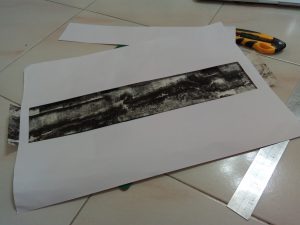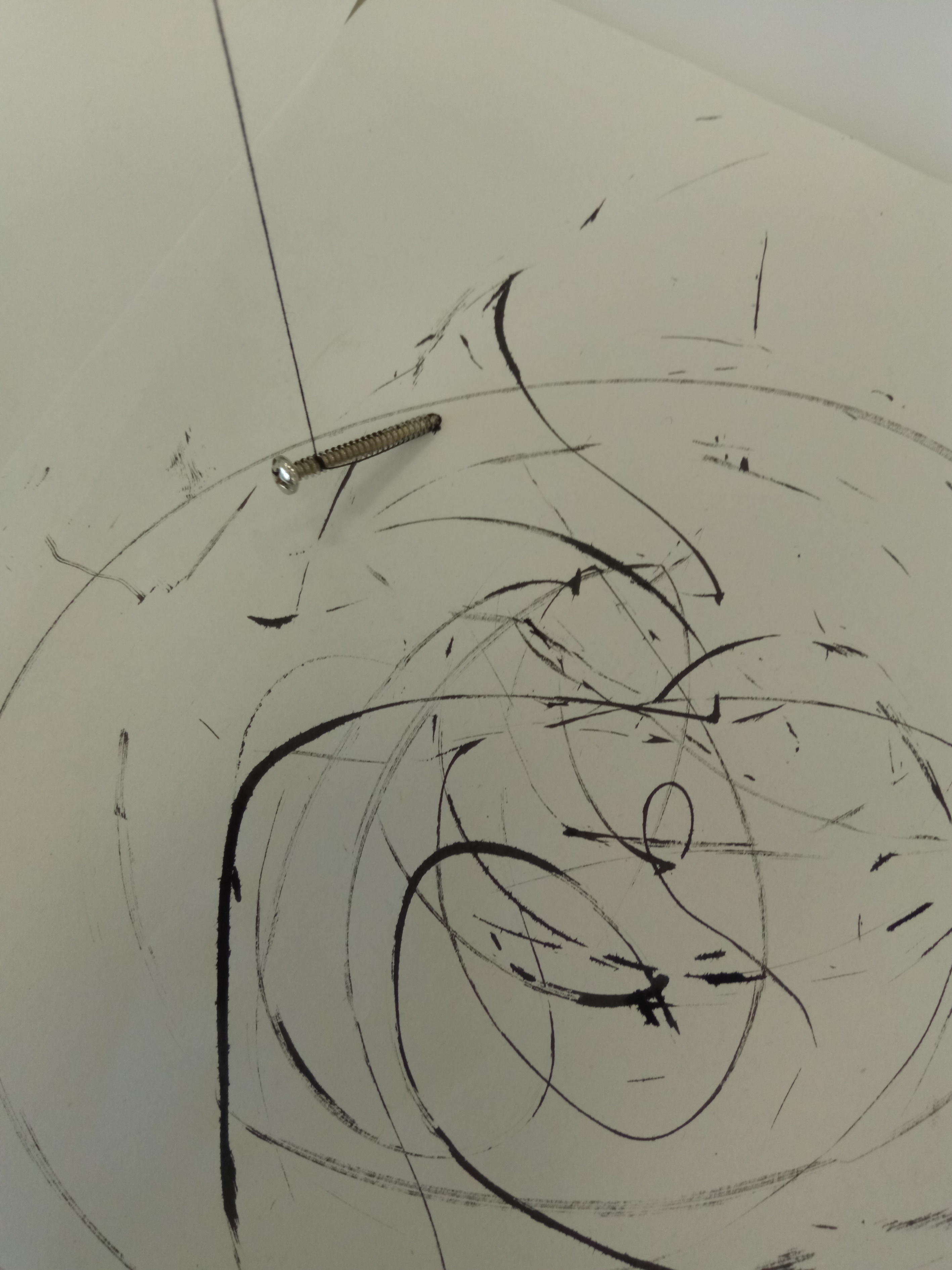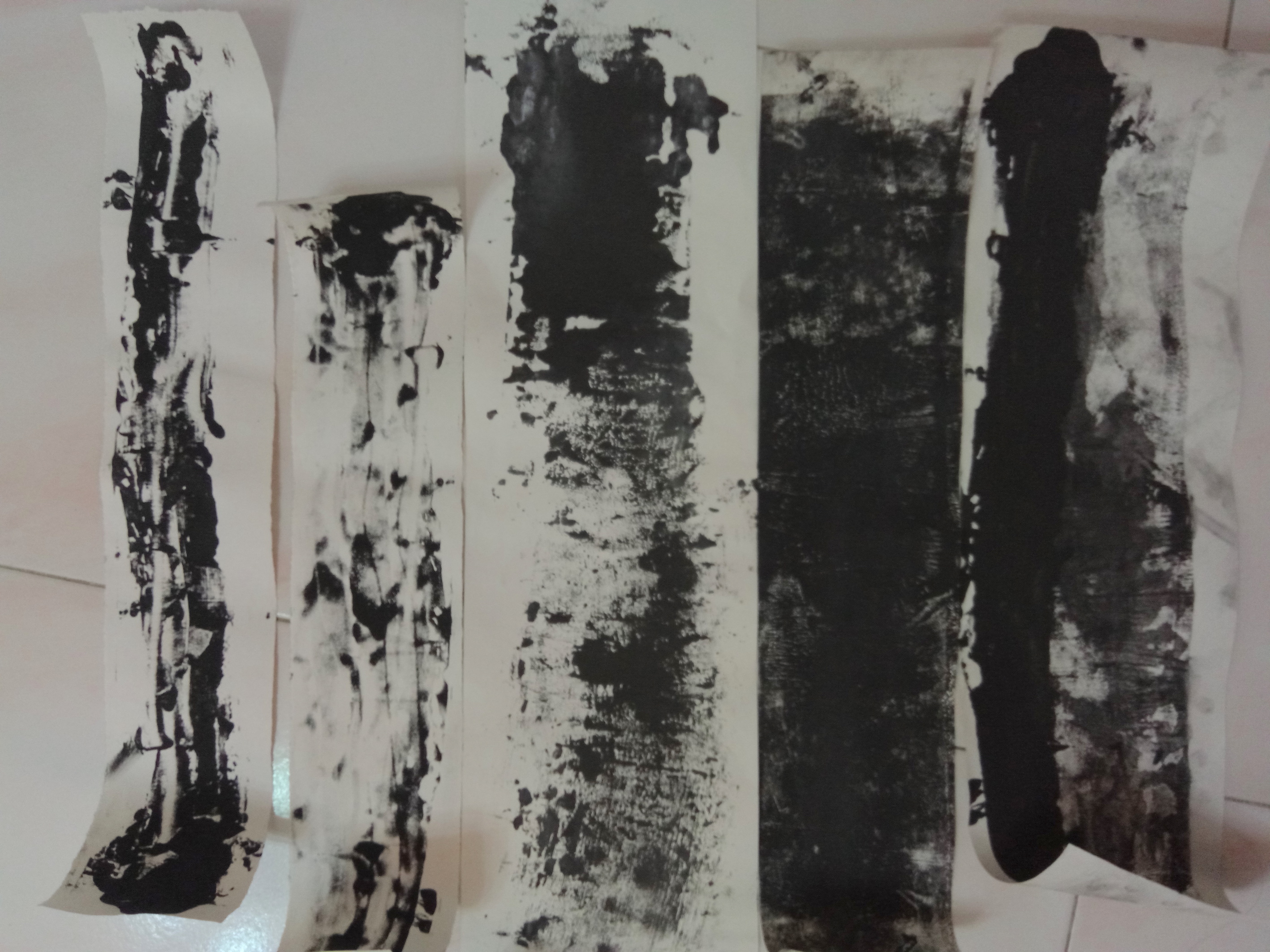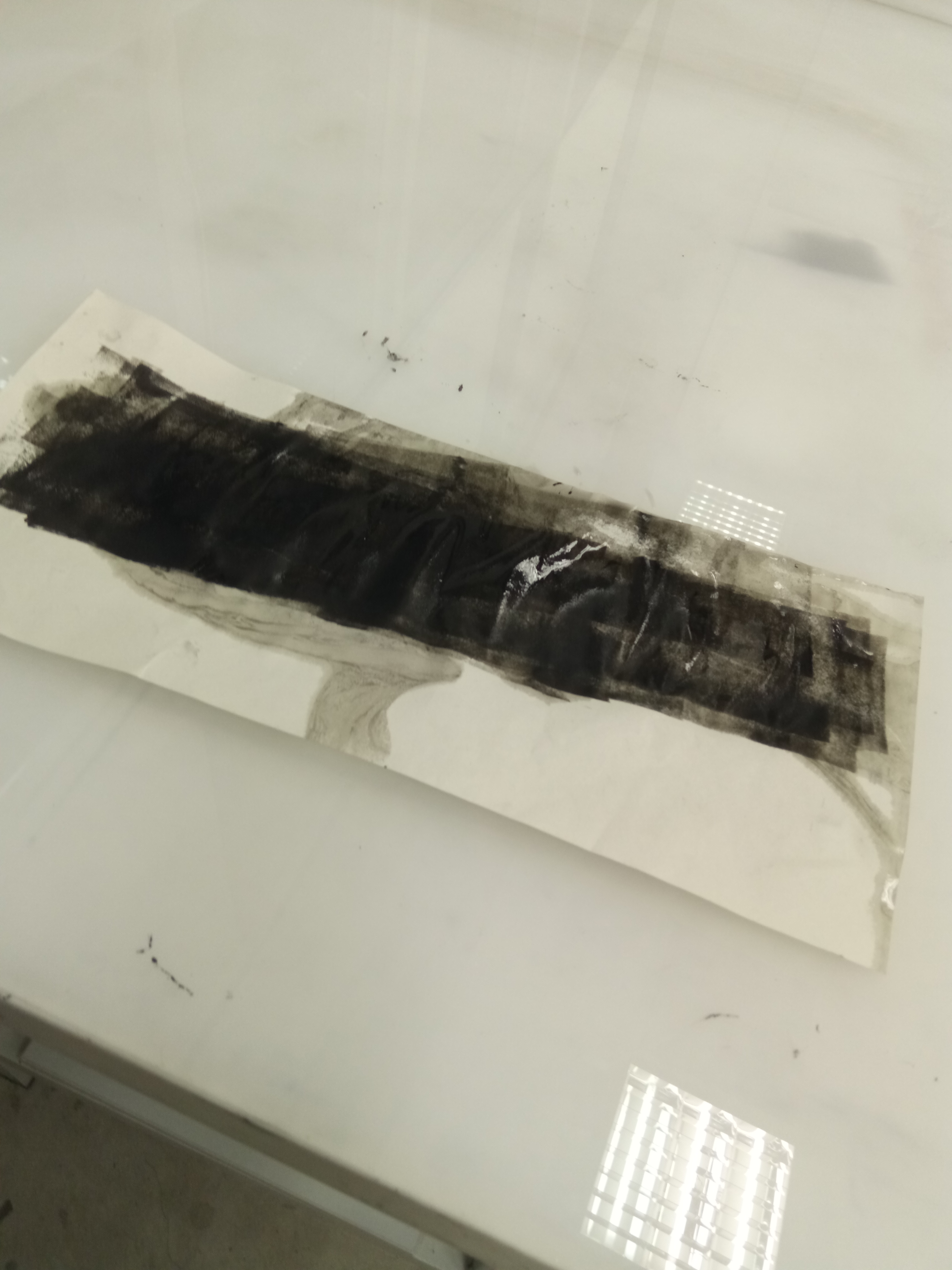I have done a few of the emotions linked with songs and gave them a physical manifestation in the form of mark making :
Emotion : Jealousy
Songs I tagged it to : SZA – Supermodel, Tricky ft Fifi Rong – If Only I knew
Ideas I wanted to portray : I wanted to portray the idea of having two sides, wanting to become each other. Therefore the thick bold line or the patches are in conflict with each other, creating a “war” between two places. The concept of jealousy causes conflict and the depiction of desire to be another being.
Emotion : Mortification
Songs I tagged it to : Dmitri Shoshtakovich – Cello Concerto No. 1 in E-Major
Ideas I wanted to portray : I wanted to portray the idea of incompletion, coupled with shock and irregularity. I wanted to show that mortification is more than distress and pain. It was the idea of when you are in shock, there is a need for closure. Therefore despite the chaos, there are white our spots or places which requires insertion.
Emotion : Shame
Songs I tagged it to : Rina Sawayama – Cyber Stockholm Syndrome , Robyn – Dancin’ on my own
Ideas I wanted to portray : I layered sparse dots against a very hazy background to portray the idea of aloneness despite being in a large group. I wanted to show the idea of social shame and the idea of embarrassment for not being able to fit into the canon of others. Is it really a shame to not be able to fit in? Or is it better to stand out on your own.
Songs I tagged it to : Bedrich Smetana – Moldau, No. 2 Vltava, Johanne Brahms – Hungarian Dance (Pick One)
The Ideas I wanted to portray : I wanted to portray the idea of standing still against the current, despite a large opposing body, pride comes before you fall. The idea of nationalism or self-pride was what I picked out from the songs and I wanted to show the idea of conformity versus deviance, how civil or international destruction comes due to the pride of politics.
Emotion : Astonishment
Songs that I tagged it to : Maurice Ravel – Piano Concerto No. 1
The idea I wanted to portray was to show that astonishment was just “great surprise”. It doesn’t mean it would be positive or negative. I wanted to use large big strokes to show the negative energy of astonishment, showing grave surprise, like disbelief. While I wanted the smaller splatter to show the good, positive surprise, like the ‘yay’ astonishment.
Emotion : Lust
Songs that I tagged it to : STWO – Virgo, Taku – Down For You
Ideas that I wanted to portray : Lust was depicted to have to aspects. One, was to show that lust was sensual and physical. The other was the monotony of lust. The idea of lust being a repetitive action with no outcome.
That is all!
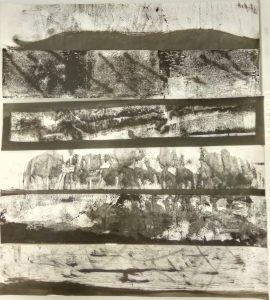
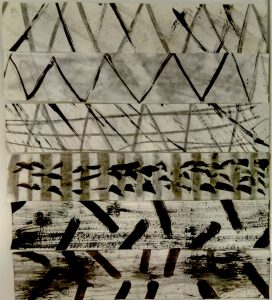
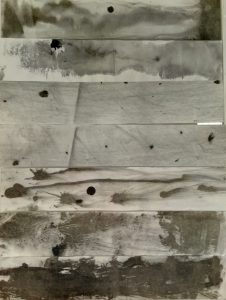
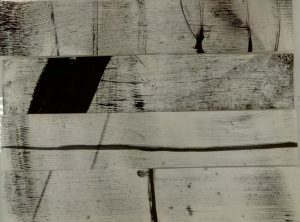
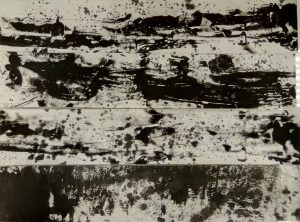

 Exhibit A, I tried using the roller to give a swishing effect to show sensuality and intertwining for “lust”. But it was only concentrated on the side, it didn’t roll nicely, but the effect was still intended, I could still see a soft intertwining effect. Secondly, I tried to layer another feeling on top of the feeling of sensuality. This was because I felt that a singular stroke or line was not enough to represent the complexity of emotions, therefore I added more rigid, repetitive lines on top of the swishes. I think that it achieved an intended effect, but there is more to work on in terms of finding the right layer.
Exhibit A, I tried using the roller to give a swishing effect to show sensuality and intertwining for “lust”. But it was only concentrated on the side, it didn’t roll nicely, but the effect was still intended, I could still see a soft intertwining effect. Secondly, I tried to layer another feeling on top of the feeling of sensuality. This was because I felt that a singular stroke or line was not enough to represent the complexity of emotions, therefore I added more rigid, repetitive lines on top of the swishes. I think that it achieved an intended effect, but there is more to work on in terms of finding the right layer.